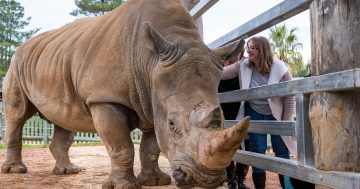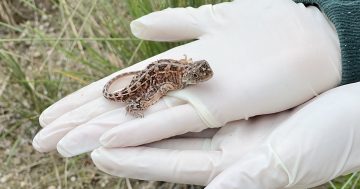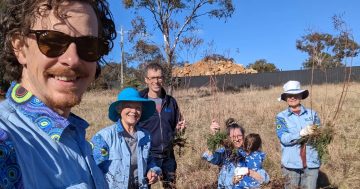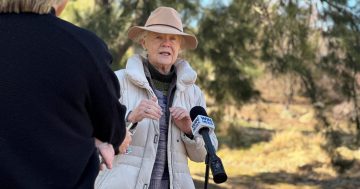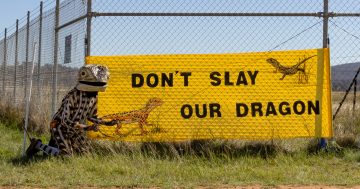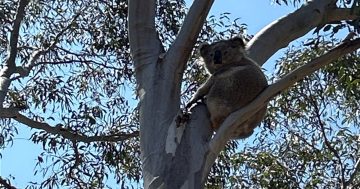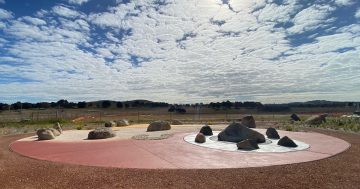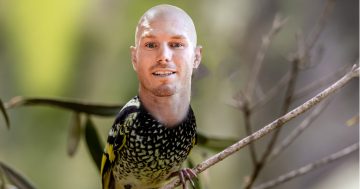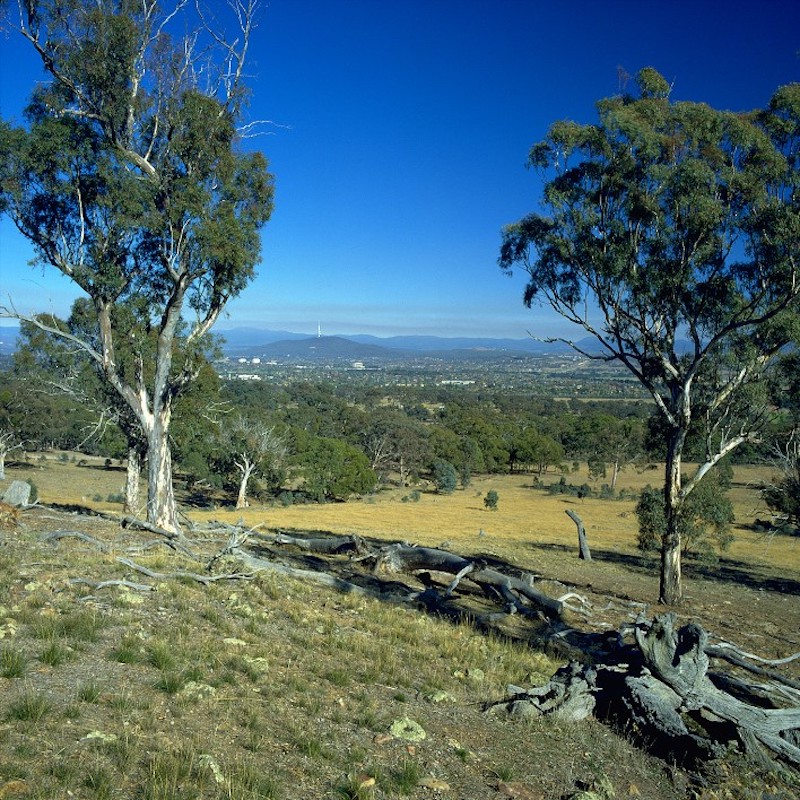
People love to get out into Canberra’s beautiful natural surroundings, but ecosystems need to be carefully managed. Photo: Environment, Planning and Sustainable Development Directorate.
Canberrans love of bush surroundings is likely to be more closely managed in future and may include closing areas during sensitive periods, such as breeding times for rare birds. The territory’s 37 parks and reserves, known collectively as the Canberra Nature Park, are the subject of a new management plan to help cope with climate change and proximity to suburbia.
ACT Director of Conservation Planning Trish Bootes says inner nature reserves including Mount Ainslie, Mount Majura, Black Mountain and Aranda Bushland are under higher usage than reserves further out.
“Temporary closure of parks could be a good idea during breeding season for some of our threatened birds,” Ms Bootes says.
“If we’ve got nine breeding areas, for example, on the eastern side of Mount Ainslie, on those slopes going down to the Majura valley, that is a known woodland breeding location. We may close areas like that temporarily during bird breeding season, or close parts of reserves if we are doing important restoration works.”
Ms Bootes says while much is known about the natural values of Canberra Nature Park, the ACT Government would like to get the public’s response to discover what most interests people and how they want to use the land.
“We have a lot of events for some of the recreation groups, we also have a lot of individual users and it is good for us to know what they want to do, and what their interests are. With more and more urbanisation, we have more pressure on our nature reserves,” Ms Bootes said.
“We want to know if people appreciate that a balance needs to be found between protecting the environment and allowing people to get out there in nature. We like to encourage people to get out in nature, but not at the expense of the environment.”
While most users of nature reserves understand the fragility of the areas, irresponsible behaviour from a few people, such as not sticking to the walking trails or creating new mountain bike trails, can impact vulnerable species and ecosystems.
“Some of the little orchids can be damaged by people behaving irresponsibly. Half the reserves allow dog walking, but dogs must be kept on leashes. We can’t have dogs chasing wildlife,” Ms Bootes says.
Comments on the Canberra Nature Park Draft Management Plan are open for 12 weeks, closing on 16 December.
Convenor of the Environmental Sub-committee of the National Parks Association of the ACT Rod Griffiths says the draft management plan for Canberra Nature Park is a good resource document, but he found it difficult to understand how it related to the various strategies like the woodland and grasslands strategies and it probably has some duplication.
He says the plan’s long-term goals are great, and agreed the community needed to be on side, but it would still come down to having enough resources to ensure people do the right thing, and raising awareness why this was important.
“The types of reserves we have in Canberra Nature Park are going to be under threat from over-use and inappropriate activities,” Mr Griffiths says.
He believes a comprehensive strategy that allows the government to identify all land under its control, covering all the public and leased land and recreational opportunities, is needed to best work out how to reduce the pressures.
“I am puzzled the Jerrabomberra East Grasslands Nature Reserve isn’t listed or identified as another ACT reserve in their map. There must be a reason for it, I don’t know why. It is quite a big reserve of grasslands in the ACT. Jerrabomberra West is there, but not Jerrabomberra East.
“It is always a hard task when you have a diverse range of eco-systems, which is why I would be suggesting it should have been an eco-system based approach wherever possible,” Mr Griffiths said.
The Environment, Planning and Sustainable Development Directorate will hold four information sessions to inform the plan (details of the sessions were unavailable at time of publication). To learn more about the consultation process and register for future information sessions, visit EPSDD.











